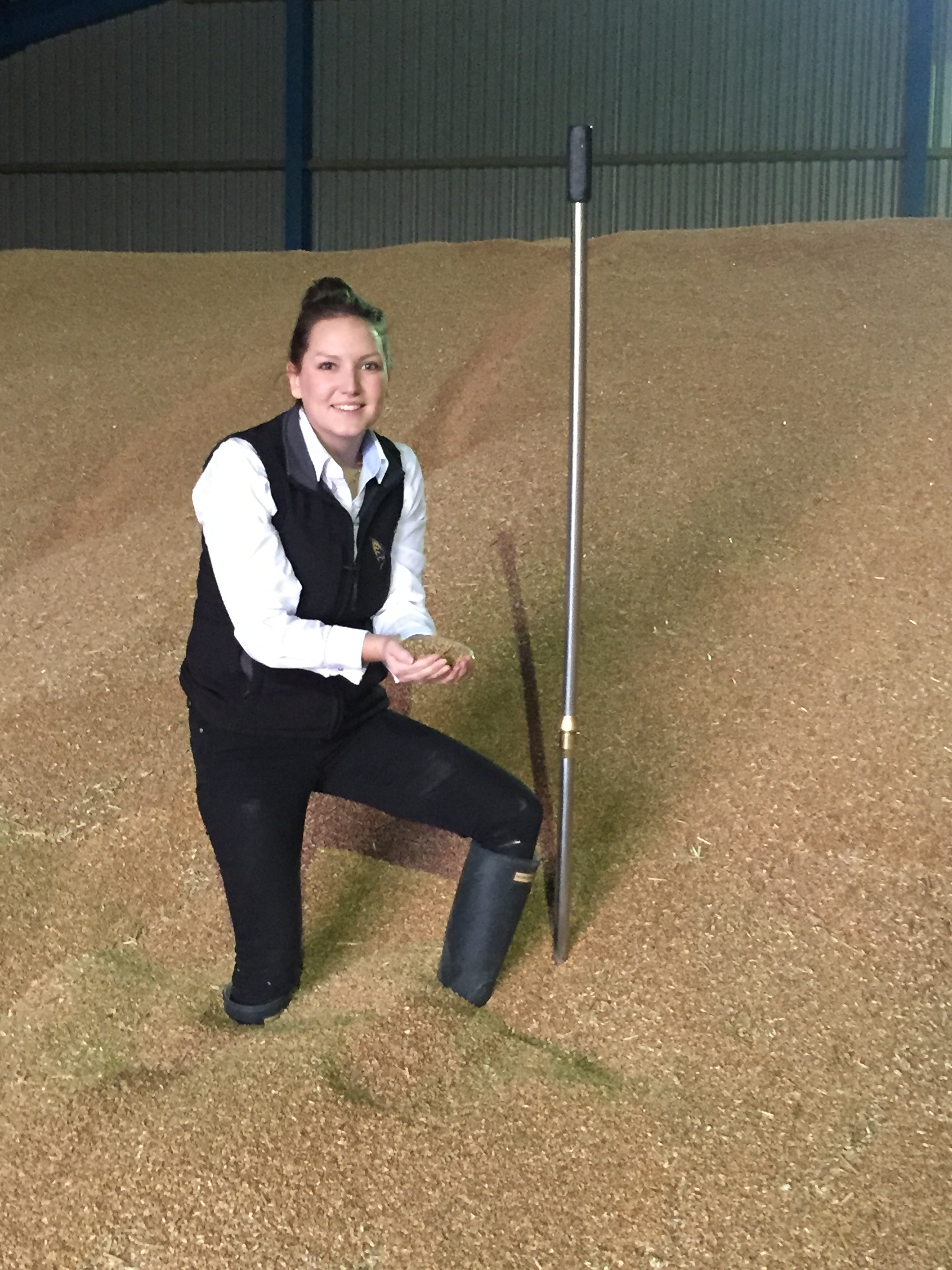Week Beginning 7th March 2016
Posted by Anderson Grain Marketing on Mar 7, 2016 in AGM News | 0 comments
The London LIFFE wheat future for March 2016 closed at £100.15/T on Friday evening (4th March) – £1.35/T lower than the week previous. On Thursday evening, the wheat future dropped below the benchmark figure of £100.00/T and traded at £99.15/T – this is a first for a front month since the summer of 2010.
Feed wheat for spot collection this month is currently valued in the region of £100.00/T ex-farm, a slight improvement on the £98.00/T ex-farm that was offered towards the end of last week. Further forward, very minimal premiums are offered for movement into the early summer months.
As for new crop values, the London LIFFE wheat future for November 2016 is valued at £116.50/T this morning after gaining £1.00/T in the opening trade. Feed wheat for September collection is therefore valued in the region of £110.00/T ex-farm.
A combination of a weakening of the euro against the dollar alongside an increased demand for export has proved supportive to the French wheat market over the last week or so. Interest from Saudi Arabia, Morocco and Algeria are keeping supplies moving following the difficulties experienced in Egypt last month although rumour would suggest that further commitments have now been made with Egypt.
Russia are the EU’s biggest competition at the minute – they exported 3 million tonnes worth of grain throughout February, including over 2 million tonnes of wheat. Similar volumes are also forecast for the next couple of months, putting them on track to export a record 33.65 million tonnes worth of grain this season, including a record 24.5 million tonnes of wheat.
As of the 24th February, total EU wheat export sales for the current trading season so far are 17.7 million tonnes. This is slightly ahead of estimates given earlier this year but is 2.2 million tonnes behind wheat exports by this stage in the season last year. We will need to see a further increase to demand if we are to avoid any increases to the already record estimated stock carryover figure.
As we enter March, we are beginning to see signs of Northern Hemisphere crops emerging from winter dormancy and whilst many of the reports at this stage are premature, they give a good indication of areas to watch over the next couple of months.
In France, 94% of the soft wheat crop is said to be in a ‘good or very good’ condition, slightly ahead of the condition rating given this time last year following a mild and favourable winter. 21% of the total wheat crop is at the early stage of stem elongation (GS30) – this time last year just 1% of the crop was at this stage.
In Germany, winter wheat crops are believed to have “mostly escaped frost damage in January” and the trade is “generally optimistic” regarding prospects there.
Elsewhere, the Ukraine has forecast the 2016 wheat crop in the region of 19.2 million tonnes – a 28% decrease on last year’s crop. Winter wheat accounts for the majority of this (18.6 million tonnes). The decrease is attributed to a lack of snow cover for Northern Crops – favourable weather could help yield potential improve between now and harvest.
In Russia, mild weather and a potential early start to the spring means that spring planting is now well underway – southern regions are almost a fortnight ahead than normal with the hope of extending the growing season and maximising yields.
According to the HGCA, dryness is persisting across patches of the US plains this week and is beginning to attract the attention of the wheat market. They added that “whilst the drought rating for the US as a whole was down on the week, patches of persistent dryness have been highlighted for key wheat growing states, including Texas and Oklahoma with rumours of crops breaking dormancy earlier”. Crop deteriorations have also been noted in Kansas and Dakota.
Although it is too early to determine whether or not the recent dryness will manifest into lower yields, it is certainly influencing the market. This will be one to watch over the next month or so as we enter a period of warmer weather.
UK OSR values have fallen under pressure over the last fortnight as crush margins throughout Europe remain poor. Old crop OSR for spot collection is currently valued in the region of £250.00/T – £255.00/T ex-farm after retreating from the recent highs of £260.00/T +.
As for new crop values £250.00/T ex-farm is still offered for as available collection off the combine at harvest as uncertainty over the condition of the black sea OSR crop remains.
